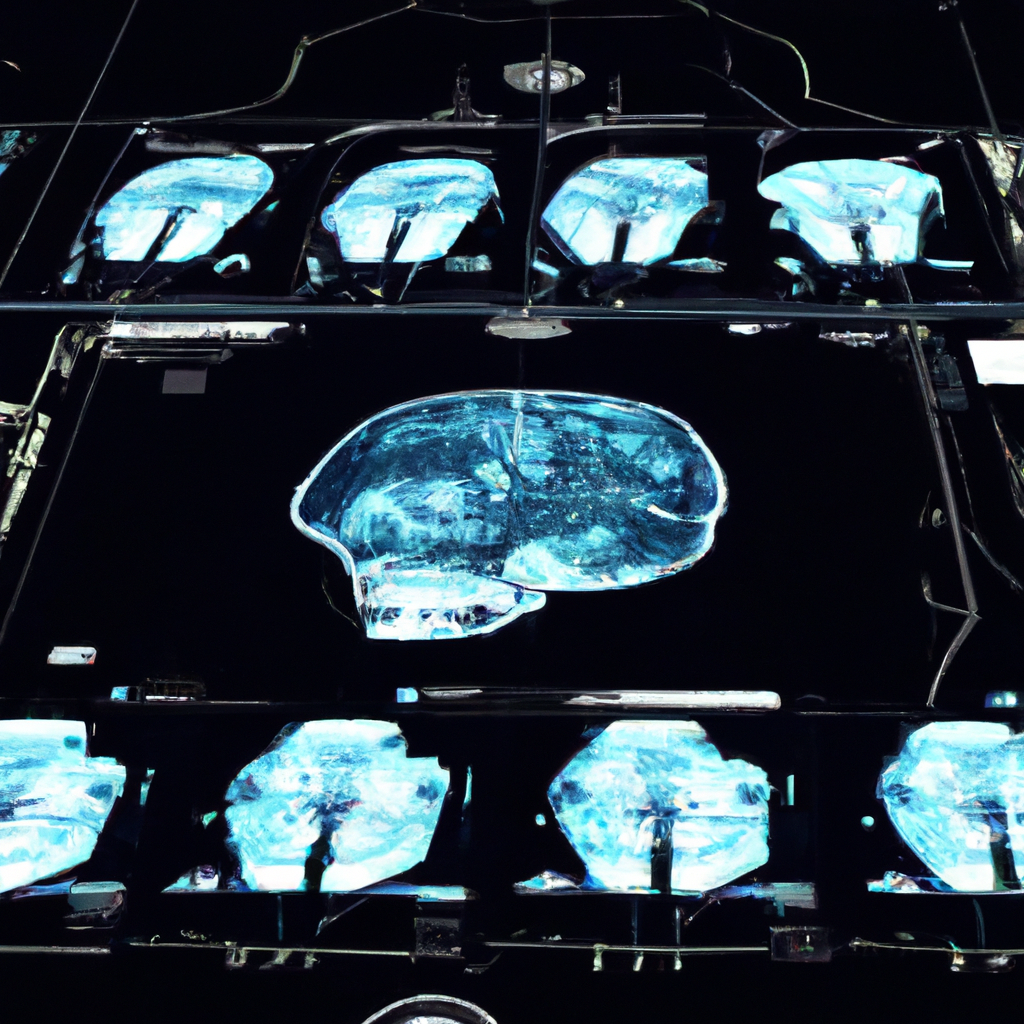Artificial intelligence (AI) has already proven its worth in many different industries, and healthcare is no exception. In radiology, AI is revolutionizing the way that medical imaging is analyzed and interpreted. By using machine learning and deep learning algorithms, AI is able to assist radiologists in making more accurate diagnoses, improving patient outcomes, and reducing the time and cost associated with traditional diagnostic imaging methods. In this article, we will explore how AI is changing the field of radiology and what it means for the future of healthcare.
Overview of Radiology and Medical Imaging
Radiology is a branch of medicine that focuses on the use of medical imaging to diagnose and treat various health conditions. Medical imaging techniques such as X-rays, CT scans, MRI scans, and ultrasound are used to create images of the internal structures of the body. These images are then analyzed by radiologists to identify any abnormalities or conditions that may require further treatment.
Medical imaging has come a long way since its inception, and technological advancements have made it possible to produce more detailed and accurate images than ever before. However, the interpretation of these images can still be time-consuming and subjective, which can lead to errors and misdiagnoses. This is where AI comes in.
How AI is Changing Radiology
AI has the potential to significantly improve the accuracy and efficiency of radiology. By using machine learning algorithms, AI can analyze large amounts of medical imaging data and learn to recognize patterns and anomalies that may be difficult for a human radiologist to detect. This can help radiologists to make more accurate diagnoses and reduce the risk of misdiagnosis.
Deep learning is a subset of machine learning that involves training neural networks to learn from large datasets. In radiology, deep learning algorithms can be used to analyze medical images and identify abnormalities that may be missed by human radiologists. For example, a deep learning algorithm trained on chest X-rays can learn to identify signs of lung cancer, which can help radiologists to make more accurate and timely diagnoses.
AI can also help to reduce the time and cost associated with traditional diagnostic imaging methods. By automating the analysis of medical images, AI can speed up the process of diagnosis and reduce the need for repeat scans. This can save both time and money for patients and healthcare providers.
Applications of AI in Radiology
AI has a wide range of applications in radiology, including:
- Image analysis: AI can be used to analyze medical images and identify abnormalities that may be missed by human radiologists.
- Diagnostic support: AI can provide radiologists with decision support tools that help them to make more accurate diagnoses.
- Patient triage: AI can be used to prioritize patients based on the severity of their condition, allowing healthcare providers to allocate resources more efficiently.
- Workflow optimization: AI can help to streamline the process of medical image analysis, reducing the time and cost associated with traditional diagnostic imaging methods.
Challenges and Limitations of AI in Radiology
While AI has the potential to revolutionize the field of radiology, there are still some challenges and limitations that need to be addressed. These include:
- Privacy concerns: AI requires access to large amounts of medical data in order to learn and improve. However, this raises privacy concerns for patients and healthcare providers.
- Accuracy and reliability: While AI has shown promising results in many studies, there is still a need for further validation and testing to ensure that it is accurate and reliable.
- Regulatory issues: AI is subject to regulatory oversight, and there is a need for clear guidelines and regulations to ensure that it is used ethically and responsibly.
Conclusion
AI is changing the field of radiology in many ways, from improving the accuracy and efficiency of medical image analysis to reducing the time and cost associated with traditional diagnostic imaging methods. While there are still challenges and limitations that need to be addressed, the potential benefits of AI in radiology are significant. As AI technology continues to evolve, we can expect to see even more innovative applications of AI in healthcare and beyond.







